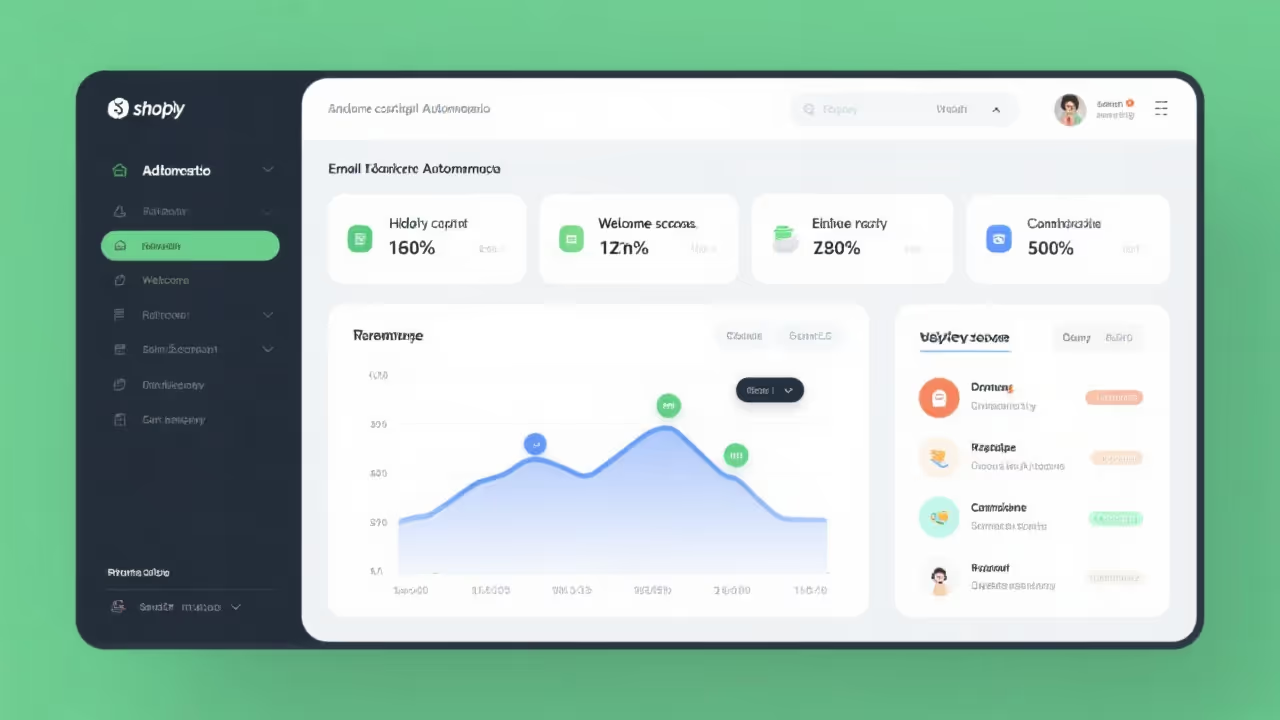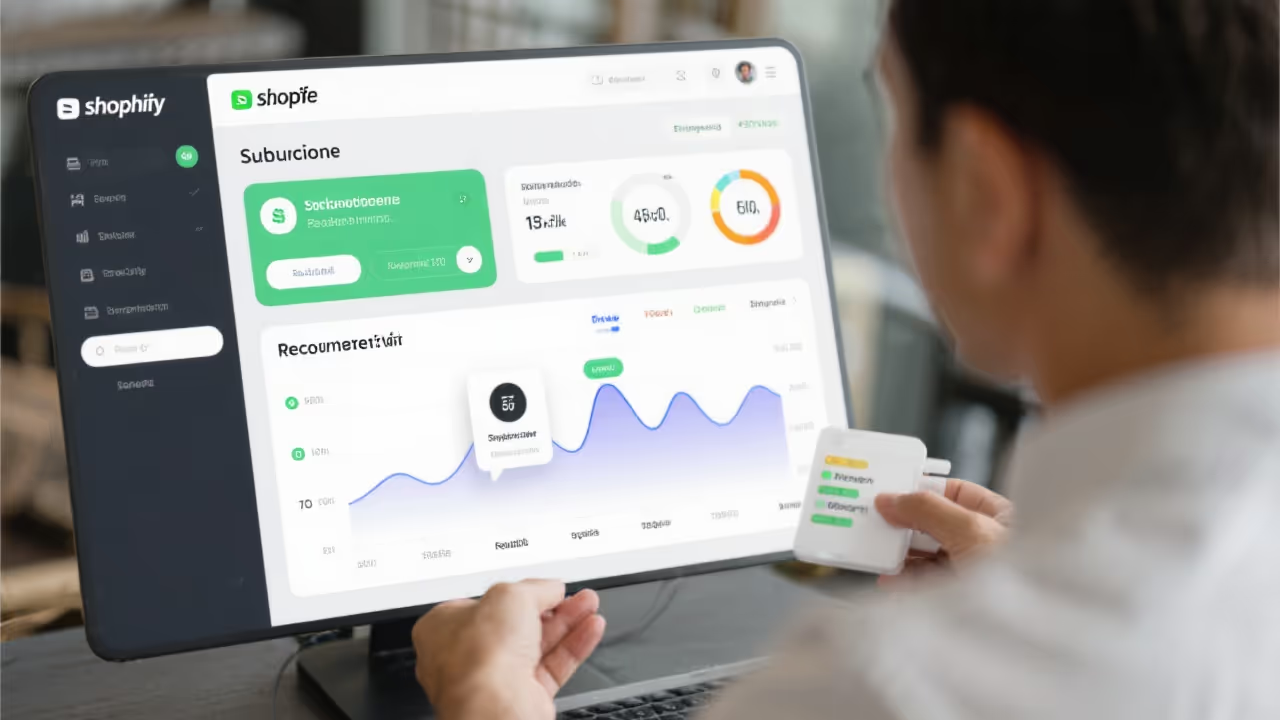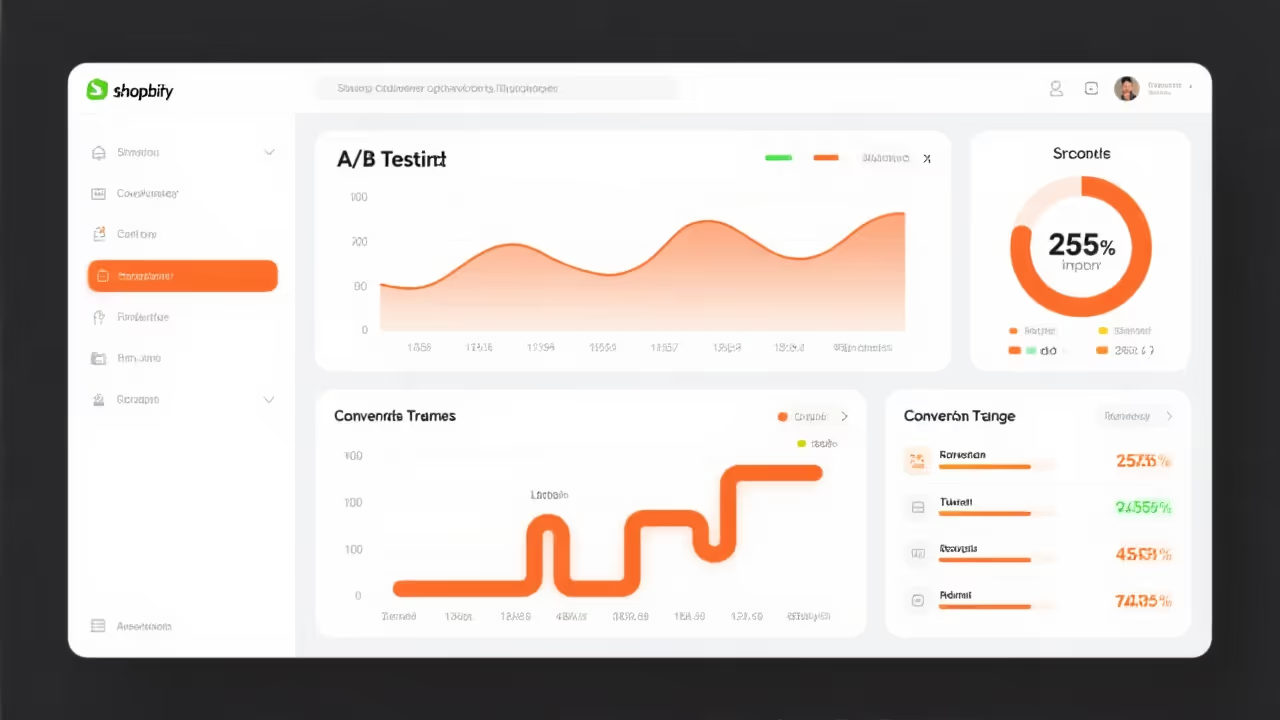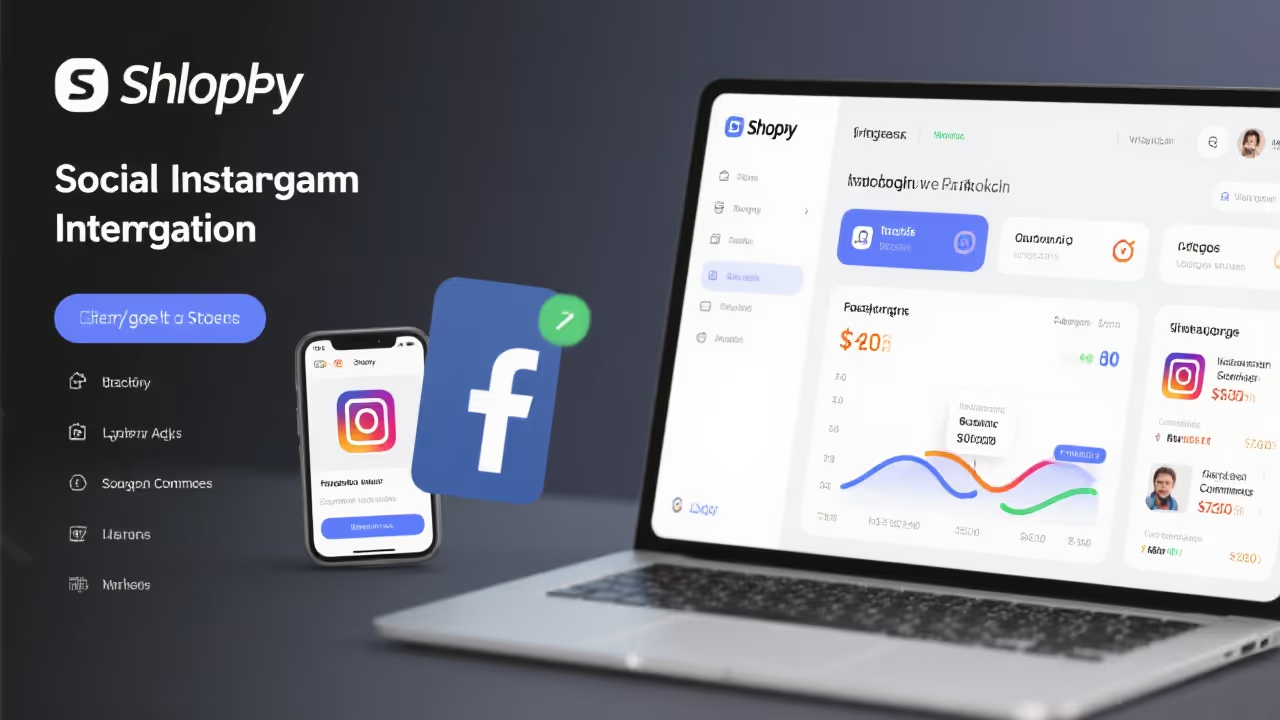Here's a shocking truth: while 67% of your traffic comes from mobile devices, they likely generate only 40% of your revenue. That gap represents millions in lost sales. After optimizing mobile experiences for 200+ Shopify stores, we've cracked the code on mobile conversions. The difference between mobile-first and mobile-friendly can triple your mobile revenue. Here's exactly how to capture that missing 27% of traffic.
**The Mobile Conversion Crisis**: Desktop converts at 3-4%. Mobile? Lucky to hit 1.5%. This isn't because mobile users don't buy - it's because most 'mobile-friendly' sites are actually mobile-hostile. Common killers include: Forms requiring pinch-to-zoom, Buttons too small for thumbs, Checkout flows requiring 5+ page loads, Images that take 10+ seconds to load, Pop-ups that can't be closed on mobile. Each of these issues alone can cut conversions by 20-30%.
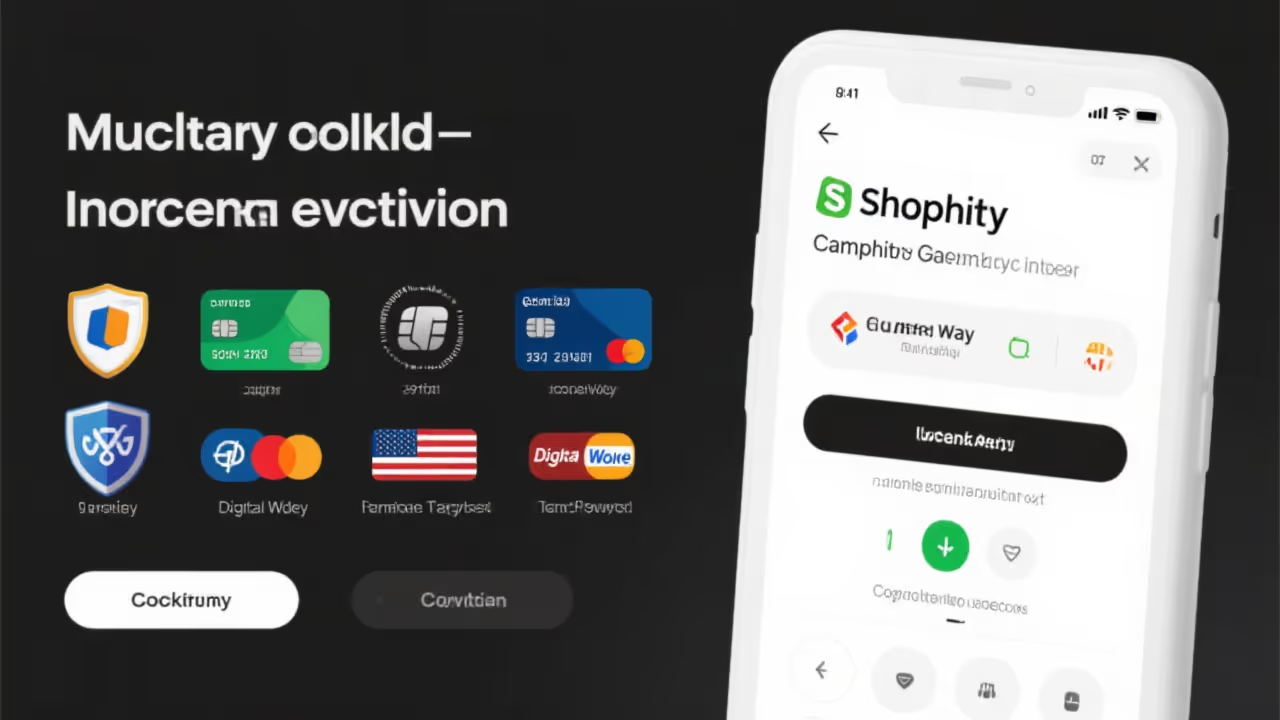
**The Thumb Zone Revolution**: Forget what you know about desktop design. Mobile design revolves around thumbs. Our heat mapping studies show: 75% of touches occur in the bottom half of the screen, Right-handed users (90%) struggle with top-left elements, Critical actions need 44x44 pixel minimum touch targets, Thumb reach determines engagement drop-off. Redesigning for thumb-first interaction increased conversions 35% for a fashion client. Move your CTAs down, and watch conversions go up.
**Speed: The Ultimate Mobile Factor**: Mobile users are 3x more impatient than desktop users. The numbers are brutal: 53% abandon sites taking over 3 seconds to load, Each second of delay reduces conversions by 20%, Mobile networks add 1-2 seconds vs desktop, 4G isn't everywhere - optimize for 3G speeds. Speed optimization tactics that work: Lazy load everything below the fold, Compress images to <100KB without quality loss, Eliminate render-blocking JavaScript, Use Shopify's mobile-optimized CDN, Preload critical assets for instant interaction.
**One-Thumb Checkout**: The gold standard for mobile checkout is completing purchase with one thumb, never rotating the device. Achieving this requires: Sticky add-to-cart buttons following scroll, Single-column layouts throughout, Auto-advancing form fields, Smart defaults for everything possible, Payment buttons in the thumb zone. We redesigned checkout for one-thumb use and saw 52% improvement in mobile conversions.
**Mobile-Specific Features That Convert**: Desktop features often fail on mobile. Instead, implement: Swipe galleries instead of hover zoom, Bottom sheet menus instead of dropdowns, Infinite scroll with smart loading, Voice search for product discovery, Camera search for visual matching, One-tap guest checkout, Mobile wallet prominence (Apple Pay, Google Pay). Each feature should reduce friction, not add complexity.
**The Psychology of Mobile Shopping**: Mobile shoppers behave differently: They research on mobile, buy on desktop (without optimization), They're more price-sensitive due to easy comparison, They abandon carts 85% of the time (vs 70% desktop), They expect instant gratification, They trust mobile payments more each year. Design for these behaviors, not against them.
**Product Page Perfection**: Mobile product pages need radical simplification: Hero image takes 50% of initial viewport, Price and add-to-cart visible without scrolling, Accordion descriptions to save space, Swipeable image galleries with zoom, Reviews summarized with expansion option, Size guides that don't require leaving page. One client's mobile product page redesign increased add-to-cart rates by 73%.
**Navigation That Doesn't Frustrate**: Traditional navigation fails on mobile. Solutions that work: Bottom navigation bars (like native apps), Progressive disclosure for categories, Search as primary navigation, Recent/popular products prominent, Breadcrumbs for context without clutter, Gesture-based interactions where appropriate. Simplifying navigation increased pages-per-session by 40% for a beauty retailer.
**Forms That Don't Fail**: Mobile forms are conversion killers. Fix them with: Single field display when possible, Auto-advance between fields, Smart keyboard selection (numeric for phone), Inline validation without disruption, Address lookup to minimize typing, Social login options prominent. Optimizing forms alone can increase conversions 25-40%.
**Testing Mobile-First**: Desktop testing doesn't translate to mobile. Test specifically for: Different hand positions (one-handed, two-handed), Various network speeds (3G, 4G, WiFi), Multiple device sizes (not just your iPhone), Real-world conditions (walking, distracted), Different mobile browsers (Chrome, Safari, in-app). What works on your desktop emulator often fails in reality.
**The App Question**: 'Should we build an app?' Usually no. Mobile web can achieve 90% of app benefits without the friction. Only consider apps if you have: 10,000+ monthly mobile orders, Features requiring native functionality, Budget for ongoing maintenance, Strategy for app adoption. Focus on perfecting mobile web first.
**Implementation Priorities**: Week 1: Speed optimization (biggest impact), Week 2: Checkout simplification, Week 3: Product page redesign, Week 4: Navigation overhaul, Week 5: Form optimization, Week 6: Testing and refinement. Each week should show measurable improvement. Track everything.
**Your Mobile Money Is Waiting**: That 27% gap between traffic and revenue? It's not a mobile problem - it's a mobile opportunity. Every optimization moves you closer to desktop-level conversions on mobile. Some clients even see mobile outperform desktop after proper optimization. Start with speed, focus on thumbs, and remember: mobile isn't a smaller desktop. It's a completely different beast. Tame it, and watch your revenue soar.

